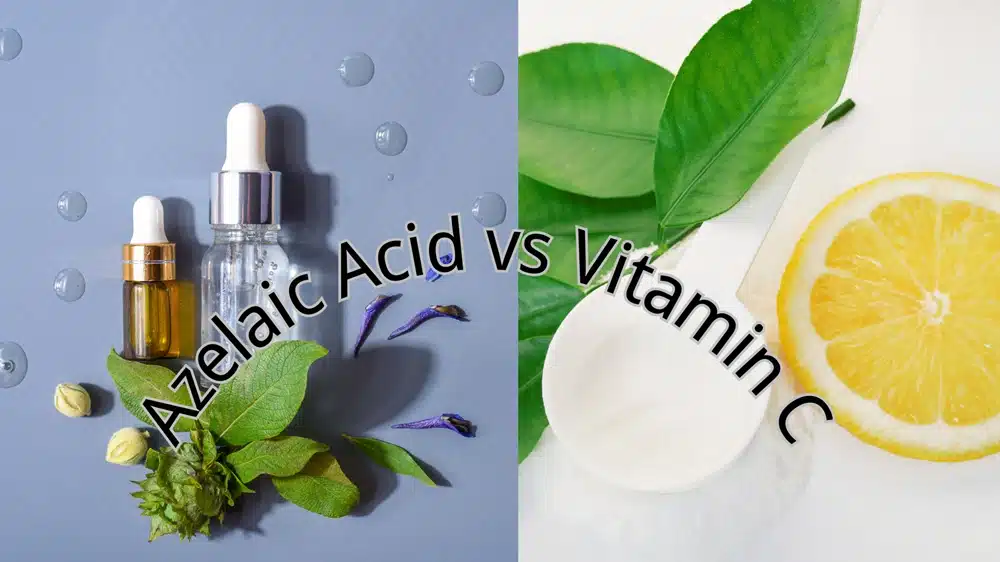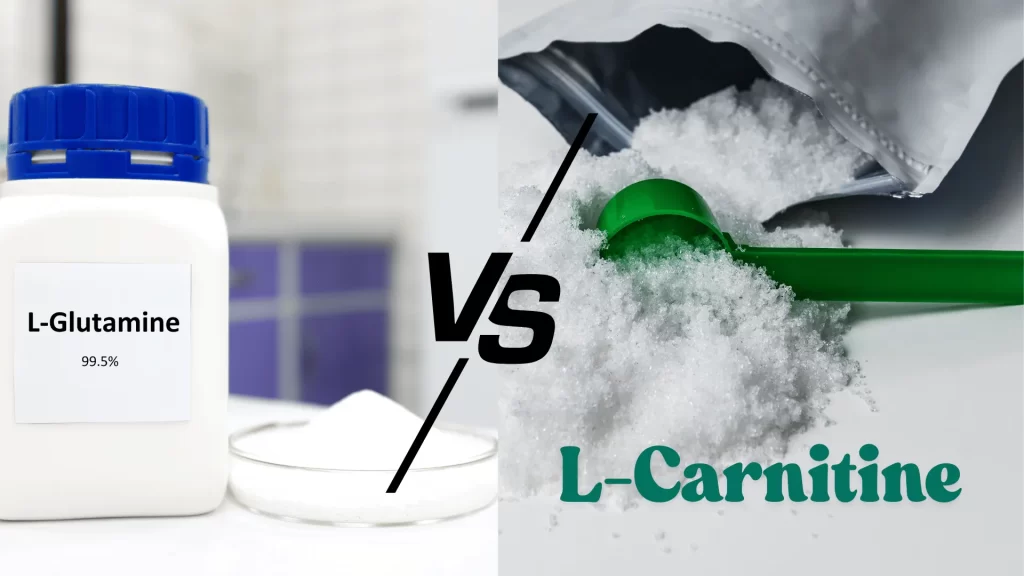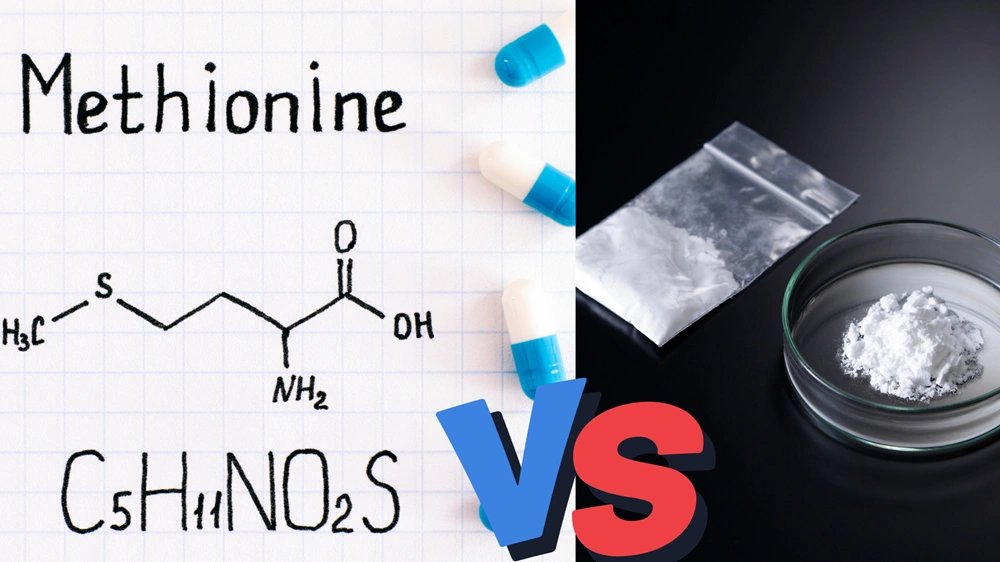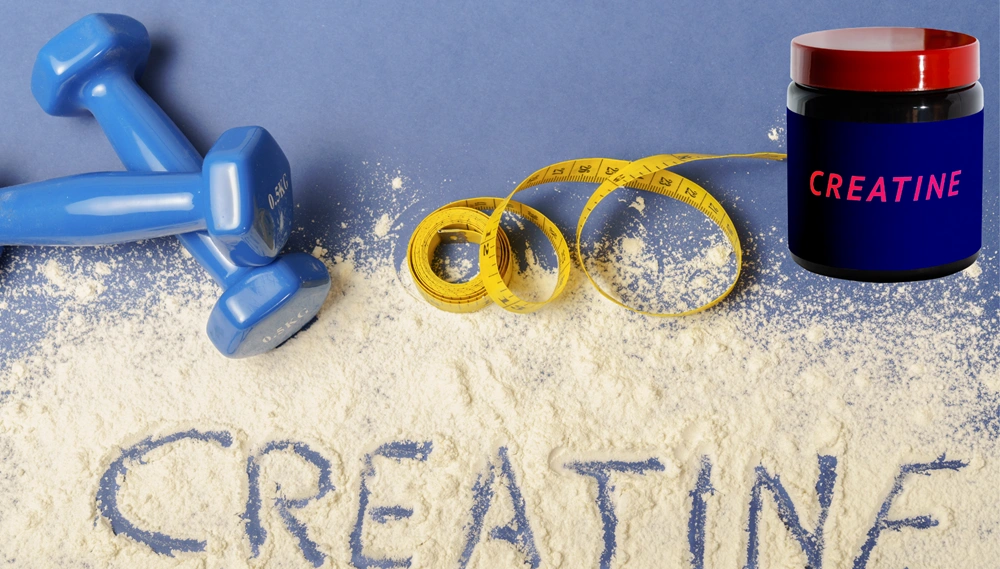
Picture this: you’re standing in the supplement aisle, staring at rows of creatine powders, feeling a bit like a kid in a candy store—excited but overwhelmed. Creatine is a superstar in sports nutrition, loved by gym-goers and athletes for its ability to boost strength, pack on muscle, and speed up recovery. But when you see labels like “creatine monohydrate” and “micronized creatine,” you might wonder, what’s the difference? Is one better than the other? Don’t worry—I’ve been there, scratching my head over which tub to grab. In this article, we’ll dive into the world of creatine monohydrate vs micronized creatine, breaking down their similarities, differences, and which one might be the best fit for you. Let’s get started!
Understanding Creatine
Before we jump into the nitty-gritty of creatine monohydrate vs micronized creatine, let’s get clear on what creatine actually is. Think of creatine as your muscles’ secret weapon, a natural compound that acts like a turbocharger for your workouts. It’s made in your body from amino acids (glycine, arginine, and methionine) and stored mostly in your skeletal muscles, with small amounts in your brain and heart. You also get a bit of creatine from foods like red meat and fish, but not enough to maximize your performance.
Here’s how it works: during high-intensity activities like sprinting or lifting heavy weights, your muscles rely on adenosine triphosphate (ATP) for energy. ATP is like the fuel in your car’s tank—it runs out fast. Creatine steps in by helping regenerate ATP, giving your muscles the energy to keep pushing through those last few reps or that final sprint. By supplementing with creatine, you increase your muscle’s creatine phosphate stores, which can lead to:
- More Strength and Power: You can lift heavier or perform more reps, making your workouts more effective.
- Bigger Muscles: Creatine draws water into muscle cells, promoting growth and giving you that fuller look.
- Faster Recovery: It helps reduce muscle fatigue, so you’re ready for your next session sooner.
- Brain Boost: Some studies suggest creatine may improve cognitive function, especially for tasks requiring quick thinking Healthline, 2017.
Creatine is one of the most researched dietary supplement ingredients, with decades of studies confirming its safety and effectiveness. It’s a key player in sports nutrition manufacturing, often included in custom formulas for athletes looking to up their game. But with different forms out there, let’s zoom in on the two we’re comparing today.
Why Creatine Matters in Sports Nutrition
Whether you’re a bodybuilder, a CrossFit enthusiast, or just someone trying to get stronger, creatine is a go-to supplement. It’s not just hype—research shows it can increase muscle mass by 1-2 kg in the first week of a loading phase due to water retention in muscles SET FOR SET, 2025. It’s no wonder it’s a staple in powder manufacturing for sports nutrition products.
What is Creatine Monohydrate?
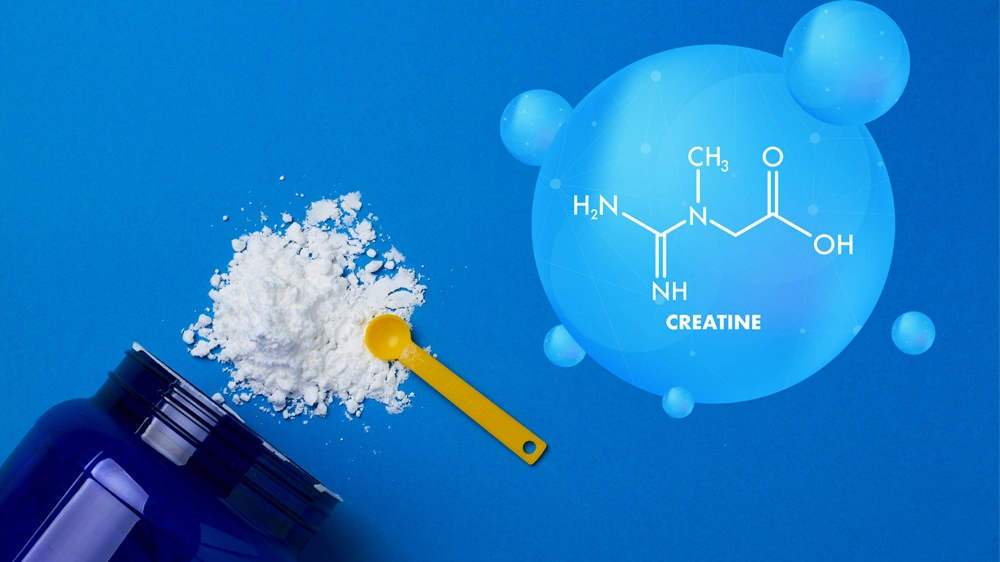
Creatine monohydrate is the OG of creatine supplements, the one that started it all back in the 1990s. It’s a simple molecule: one part creatine, one part water (hence the “monohydrate”). This form is made through a straightforward process where sarcosine and cyanamide are combined and purified to create a powder that’s typically 99.9% pure HSN, 2024.
Why is it so popular? For one, it’s backed by a mountain of research—hundreds of studies have shown it boosts strength, power, and muscle growth when paired with resistance training Momentous, 2024. It’s also affordable, making it accessible for everyone from weekend warriors to professional athletes. You’ll find it in many sports nutrition products, often offered through OEM solutions by companies creating custom formulas for fitness brands.
How Creatine Monohydrate is Made
The production of creatine monohydrate involves combining two compounds in a controlled process, followed by purification to remove impurities. The result is a fine, white powder that’s easy to scoop and mix (though, as we’ll see, it doesn’t always dissolve perfectly). Its simplicity and effectiveness make it a favorite in sports nutrition manufacturing.
Benefits of Creatine Monohydrate
- Proven Effectiveness: Studies consistently show it improves performance in high-intensity exercises Kreider et al., 2017.
- Cost-Effective: It’s one of the cheapest supplements per serving, often costing just $0.12 per gram NCBI, 2022.
- Widely Available: You’ll find it in various packaging services, from bulk tubs to single-serve packets.
But there’s a catch—some folks find that regular creatine monohydrate can be gritty when mixed, and a small number report stomach discomfort. That’s where micronized creatine comes in.
What is Micronized Creatine?
So, what’s micronized creatine? It’s not a different type of creatine—it’s actually creatine monohydrate that’s been put through an extra step called micronization. This process grinds the creatine particles down to about 20 times smaller than those in regular creatine monohydrate Transparent Labs, 2024. Think of it like turning coarse sugar into powdered sugar—it’s the same stuff, just finer.
This finer texture has a couple of big perks. First, it dissolves much better in water or juice, so you’re not left with a gritty sludge at the bottom of your shaker. Second, some users find it easier on their stomachs, potentially reducing bloating or cramping that can occur with larger doses of regular creatine monohydrate. It’s still the same dietary supplement ingredient, just processed to be more user-friendly.
The Micronization Process
Micronization involves passing creatine monohydrate through a fine sieve or using mechanical processes to break down the particles. This increases the surface area, making it easier for the powder to mix with liquids. Many sports nutrition brands offer micronized creatine as part of their product lines, often highlighting its smooth texture in their packaging services.
Benefits of Micronized Creatine
- Better Solubility: Mixes smoothly, ideal for those who dislike gritty textures.
- Potentially Better Tolerability: May cause less digestive discomfort for some users Happy Strong Healthy, 2024.
- Same Effectiveness: Delivers the same performance benefits as regular creatine monohydrate.
The downside? Micronized creatine can be slightly pricier due to the extra processing, but the cost difference is often minimal.
Creatine Monohydrate vs. Micronized Creatine: The Key Differences
Now, let’s get to the heart of the creatine monohydrate vs. micronized creatine debate. How do these two stack up? Here’s a detailed comparison across the factors that matter most.
| Feature | Creatine Monohydrate | Micronized Creatine |
|---|---|---|
| Particle Size | Larger (standard) | Smaller (20x finer) |
| Solubility | Lower, may be gritty | Higher, smoother mix |
| Absorption | Standard | Potentially faster |
| Effectiveness | High | High |
| Side Effects | Possible GI issues | Reduced GI issues |
| Cost | ~$0.12/gram | ~$0.15–0.20/gram |
Particle Size and Solubility
The biggest difference is in the texture. Regular creatine monohydrate has larger particles, which can sometimes clump or settle in your drink, leaving a sandy residue. Micronized creatine, with its ultra-fine particles, dissolves almost effortlessly, making it a favorite for those who want a smooth, clump-free shake. If you’ve ever grimaced at a gritty protein shake, micronized creatine might be your new best friend.
Absorption and Bioavailability
You might wonder, does the smaller particle size make micronized creatine absorb better? In theory, yes—smaller particles have more surface area, which could lead to faster dissolution and uptake in the body. However, studies suggest that once creatine reaches your muscles, the difference in bioavailability is minimal Healthline, 2017. Both forms effectively increase muscle creatine stores, so you’re not missing out on results with either.
Effectiveness
When it comes to boosting strength, power, and muscle growth, both forms are equally effective. Since micronized creatine is just a processed version of creatine monohydrate, it delivers the same active ingredient. Research shows that 3–5 grams daily of either form can increase muscle creatine levels by up to 20% after a few weeks Create Wellness, 2023.
Side Effects
Here’s where things get personal. Some people report bloating, cramping, or diarrhea with regular creatine monohydrate, especially during a loading phase (20 grams/day for 5–7 days). Micronized creatine’s finer particles may be gentler on the stomach, reducing these issues for some users Transparent Labs, 2024. However, not everyone experiences side effects, and individual responses vary.
Cost and Availability
Creatine monohydrate is typically the cheaper option, with an average cost of $0.12 per gram compared to $0.15–0.20 for micronized creatine NCBI, 2022. The price difference reflects the extra processing for micronization. Both forms are widely available through sports nutrition manufacturing companies, often as part of custom formulas or OEM solutions.
Which Is Better for You: Micronized Creatine or Monohydrate?
So, which is better for you: micronized creatine or monohydrate? It depends on a few factors. Let’s break it down.
Factors to Consider
- Mixing Preferences: Hate gritty shakes? Micronized creatine’s smooth texture might make your daily supplement routine more enjoyable.
- Digestive Tolerance: If regular creatine monohydrate leaves you feeling bloated or queasy, micronized creatine could be a better fit.
- Budget: On a tight budget? Regular creatine monohydrate offers the same benefits for less.
- Goals: Whether you’re aiming for strength, muscle growth, or endurance, both forms deliver identical results when taken consistently.
How to Choose
If you’re new to creatine or have no issues with regular monohydrate, stick with it—it’s affordable, effective, and backed by decades of research. If you’ve struggled with mixing or stomach discomfort, give micronized creatine a try. Many sports nutrition brands offer both forms, often with flexible packaging services to suit your needs.
A Personal Take
I’ve talked to plenty of gym buddies who swear by one or the other. Some love the no-fuss, budget-friendly vibe of regular creatine monohydrate, while others rave about how micronized creatine blends seamlessly into their morning smoothie. My advice? Try both if you can—many companies offer sample sizes, so you can test which one feels right for you.
How to Use Creatine Effectively
Regardless of which form you choose, consistency is key. A standard dose is 3–5 grams daily, mixed with water, juice, or a post-workout shake. Some opt for a loading phase (20 grams/day for 5–7 days) to saturate muscles faster, but it’s not necessary—steady daily doses work just as well over time. Pair your creatine with a carb-heavy meal to enhance absorption, as insulin can help shuttle it into your muscles Happy Strong Healthy, 2024.
FAQs
Which type of creatine is best?
Creatine monohydrate is the most researched, effective, and cost-efficient type for most people.
Does micronized mean monohydrate?
No, micronized refers to the particle size (smaller, finer powder). Micronized creatine can be monohydrate or other forms.
Is micronized creatine better for the gut?
Yes, micronized creatine dissolves better, potentially reducing stomach discomfort for some users.
When to use micronized creatine?
Use it like regular creatine: daily, ideally post-workout or any time, to maintain muscle saturation.
Does micronized creatine cause bloating?
It’s less likely to cause bloating than regular monohydrate due to better solubility, but effects vary.
Which creatine is best for beginners?
Creatine monohydrate (micronized or regular) is best for beginners due to its safety, efficacy, and affordability.
Conclusion
In the battle of creatine monohydrate vs. micronized creatine, there’s no clear winner—both are powerhouse supplements that can elevate your fitness game. Creatine monohydrate is the tried-and-true option, backed by extensive research and a lower price tag. Micronized creatine offers the same benefits with the added perks of better solubility and potentially fewer digestive issues. Whether you’re blending it into a shake or sipping it straight, the choice comes down to what works best for your body and lifestyle. So, grab your shaker, pick your powder, and get ready to crush your workouts!
References
- Micronized Creatine vs Monohydrate: The Key Differences – Momentous
- What Is Micronized Creatine and How Does it Work? – Transparent Labs
- Top 6 Types of Creatine Reviewed – Healthline
- Creatine Monohydrate Vs Micronized: Difference To Form Best – Create Wellness
- Differences Between Creatine Monohydrate and Creapure – HSN
- Analysis of the Efficacy, Safety, and Cost of Alternative Forms of Creatine – NCBI
- Creatine 101: Which is Better? Creatine Monohydrate or Micronized Creatine? – Happy Strong Healthy
- International Society of Sports Nutrition Position Stand: Creatine Supplementation – Kreider et al.

